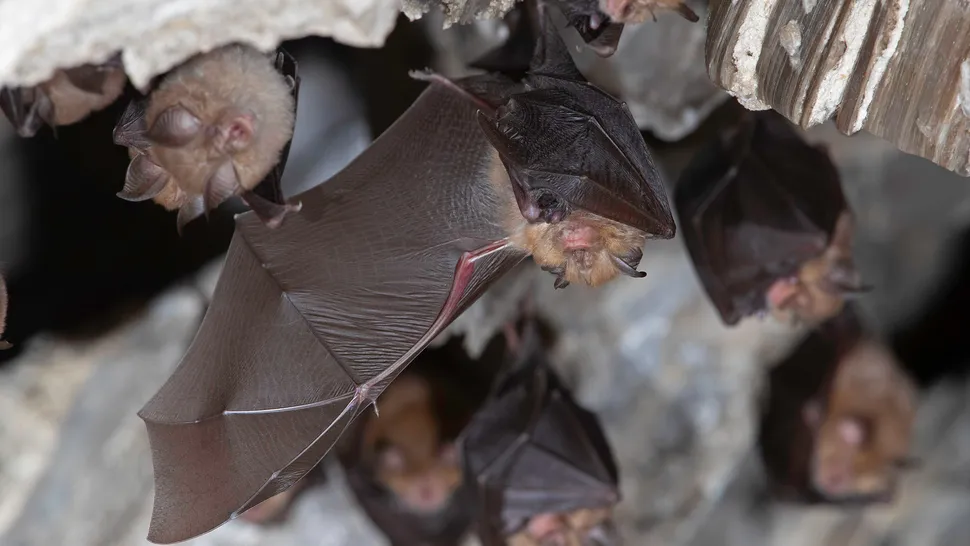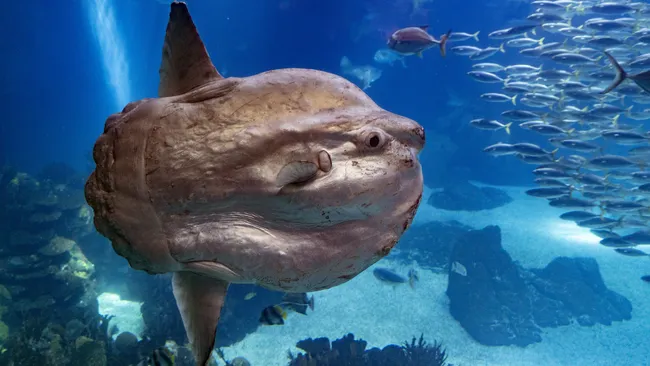The Animal Kingdom’s Most Prolific Parents: Who Has the Most Offspring?
With millions of animal species inhabiting our planet, each has developed a unique reproductive strategy tailored to its specific needs. But which species holds the record for having the most babies at once?
The Complexity of Offspring Count
Determining which animal produces the most offspring is not straightforward. As Kathleen Cole, an ichthyologist at the University of Hawaii at Manoa, explains, “The question ends up getting complex very quickly.” Several factors can influence the outcome.
First, it’s essential to define what constitutes “offspring.” If we measure offspring by the total number of gametes—unfertilized eggs and sperm—fish reign supreme. Cole points out that it takes less energy to release unfertilized eggs compared to laying fertilized ones. Therefore, animals that spawn, releasing eggs and sperm into the water, typically produce far more eggs than non-spawners.
Record Holders: Ocean Sunfish and Social Insects

One standout in the ocean is the ocean sunfish (Mola mola), which can have as many as 300 million eggs in its ovaries at one time. However, because fertilization occurs externally, it’s impossible to ascertain how many of these eggs develop into viable offspring. Once released into the ocean, tracking individual eggs through fertilization to hatching is unfeasible. Additionally, the ocean sunfish is classified as vulnerable by the IUCN Red List, primarily due to accidental capture by fisheries, meaning that not all 300 million eggs will develop into baby sunfish.
When it comes to fertilized eggs, social insects excel. For example, certain species of ants, like the African driver ant (Dorylus wilverthi), can lay between 3 million to 4 million eggs within a month. The queen decides which of these eggs to fertilize based on the desired ratio of male to female offspring.
Birds and Live Bearers: Diverse Reproductive Strategies
Among avian species, game birds such as the gray partridge (Perdix perdix) are notable, laying up to 22 eggs per clutch. In terms of live births, seahorse fathers can give birth to up to 2,000 live young at once, utilizing a placenta within their pouches to support the developing offspring. On land, puff adders (Bitis arietans), a type of venomous viper, have set records for live births, with one female giving birth to 156 fully developed snakelets in a single pregnancy. As evolutionary biologist Alex Pyron from The George Washington University describes, “They can pack in a lot of babies.”
Why the Variation in Offspring Numbers?
The number of offspring produced by various species often correlates with their lifespan. Shorter-lived animals typically have more offspring since they may not survive long enough to witness their young grow to maturity. Cole explains that these animals “can’t sit around and crank out babies. They have to make their mark quick.” In contrast, species like bats, which need to be lightweight to fly, generally can only care for one pup at a time. Animals that nurture their young post-birth usually have fewer offspring due to the increased energy and resources required for their care.
The method of reproduction—whether laying eggs or giving birth to live young—also plays a significant role. Developing live young is more resource-intensive, leading to fewer offspring among live-bearers. Social species, such as the prolific African driver ant, can produce more young than solitary species due to the added protection and resources available within a group.
Exceptions to the Rule
There are always exceptions to these general trends. For instance, rabbits and mice are well-known for their large litters despite being live bearers, while some dung beetles may lay as few as three eggs at a time.
As Pyron notes, “Changing environmental and ecological conditions can cause the selective pressures responsible for these strategies to shift quickly. But why evolutionary one-offs like these arise is always sort of a mystery.” This complexity in reproductive strategies showcases the fascinating diversity of life on our planet.
